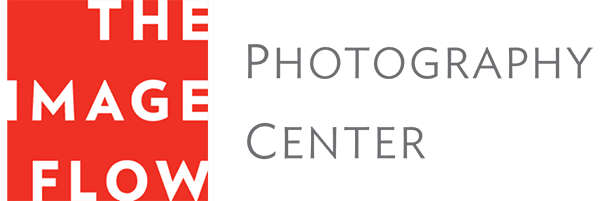
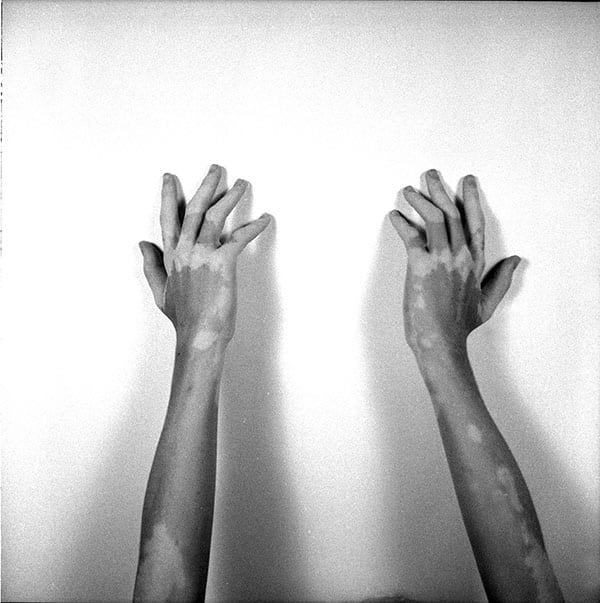

Arthur Wechsler discovered photography at an early age. His grandfather was a photographer in the Korean War and Arthur had one of his old cameras sitting in his room “forever.”
“One day, I think a year before he passed away, I asked for a camera, and he got me one for Christmas. I was 11 or 12 at the time,” Arthur said.
His family traveled often and Arthur started shooting on their trips. At home, he shot his friends skating. “They were a lot better than me, so I was shooting them instead of trying to get tricks myself,” he admitted.
Arthur began with digital photography but found it wasn’t as appealing as he’d expected. That’s when he tried film. “I started teaching myself how to do film photography, and then I wanted to teach myself how to do darkroom processing. My school doesn’t have a darkroom, so that’s when I found The Image Flow in Mill Valley,” he explained.

“Stuart has been helping me, giving me suggestions on how to improve my prints in the darkroom, and reviewing my portfolio to make sure it’s ready for college.”
Stuart Schwartz, owner of The Image Flow, and the rest of the TIF team work regularly with high school and college students to prepare their portfolios for college admission. “One thing I tried to impress on Arthur several months ago was to shoot more digital—to help him develop his eye and at the same time not restrict himself with the cost of film,” Stuart said.
Now a senior at the Bay School in San Francisco, photography has been a way for Arthur to reflect on who he is, as an artist and as a person, and develop his own identity. He shoots primarily with 35mm film and his “new” Pentax 6×7, a medium format camera that debuted not too long after the Korean War ended.
“I spent a semester at an art school in Napa called Oxbow. While I was there I did a project about identity and how I’ve found my own identity in high school, which is particularly challenging. I think it’s interesting to explore that and to think about who I am and how I can represent that through photography,” he said.
Identity is a central theme in his work, evident in his college portfolio (he recently submitted applications to Parsons in New York City and Lewis & Clark in Portland, OR), both in terms of identity in his own skin (literally) and his relationship with the world around him.
His portfolio includes self-portraits of the skin on his arms and legs affected by vitiligo. This past summer he shot a series of images on places of prayer—Arthur grew up Jewish on his father’s side but went to a Catholic middle school. His series on the environment of contrasts found in Arizona makes one appreciate California all the more.
“That was inspired by David Lynch. I’ve just started watching Twin Peaks,” he laughed.
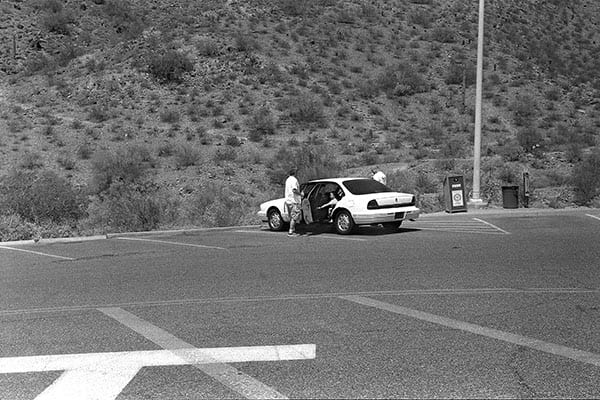
We caught up with Arthur recently to talk about his work, where he finds inspiration and the value of the past.
What motivates you the most about photography now?
I guess I’ve found my niche. I’ve always wanted something I could be good at. I was never really good at sports. I found photography to be a cool way to express myself.
What are your goals?
My goal for a while was to find my eye, to really be able to capture what I want in a project. Now I’m trying to focus less on technical aspects of photography but more on conceptual stuff, to kind of push the way I’m taking photos.
Professionally, I’d love to get some stuff in a gallery, but that’s very difficult. So I’m just trying to get to college as soon as I can and keep developing my work. I’d love to be a professional photographer one day, making big concept pieces. My parents are definitely in support of it.
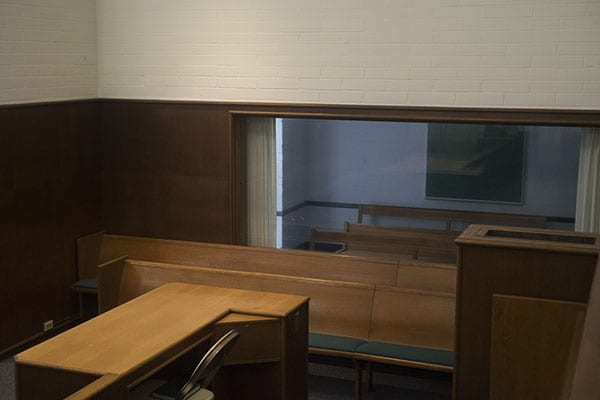
How are you using social media as a photographer?
My Tumbler is for documenting everything I’ve taken, and my Instagram is more freestyle—I’ll just post pictures I’ve taken while walking around the city, videos of my friends skating. I like the Tumbler to be a more of raw look at everything I’m shooting at the time to see how my work is evolving.
Which other photographers are you inspired by?
Takashi Homma is someone I love right now. A lot of Japanese photographers like Nobuyoshi Araki. It was Larry Sultan who first taught me about conceptual photography when I saw his Valley Series. I think he’s the biggest influence on me.
What are you shooting right now?
Right now I’m doing my senior project, it’s a photography project that I’m shooting in medium format. Since there’s been a lot of gentrification in San Francisco and a lot of new people, I’m kind of nervous that the past is being forgotten, and all the architecture is changing. I’m taking pictures of old 60s and 70s architecture in the city that’s still there. I want to show it in a new light, that it’s still beautiful and we don’t need to change everything.
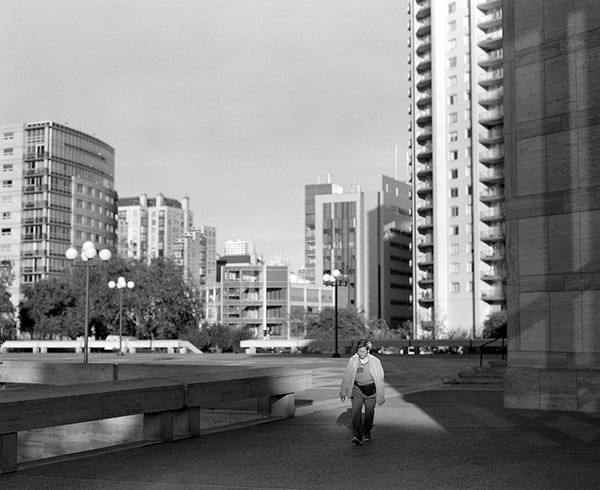
There’s discussion that Millennials don’t care about the past. What would you say to that?
I think that’s completely untrue. Everybody I know listens to old music and we’re always talking about our favorite facts about old bands and old concerts. That could just be because I’m around other artists that appreciate stuff like that, but without the past, we wouldn’t have a basis to start from.
What makes a good photo?
Since I’m a person who likes photo series, that’s a difficult question. But I like a photo that makes you step back and say, “Wow, this person did something that I totally didn’t expect in photography.” I like it when people acknowledge the rules of photography because that means they’ve mastered it to some extent, but then they create a whole new thing. Originality is something I value.
See more of Arthur’s work on his website

